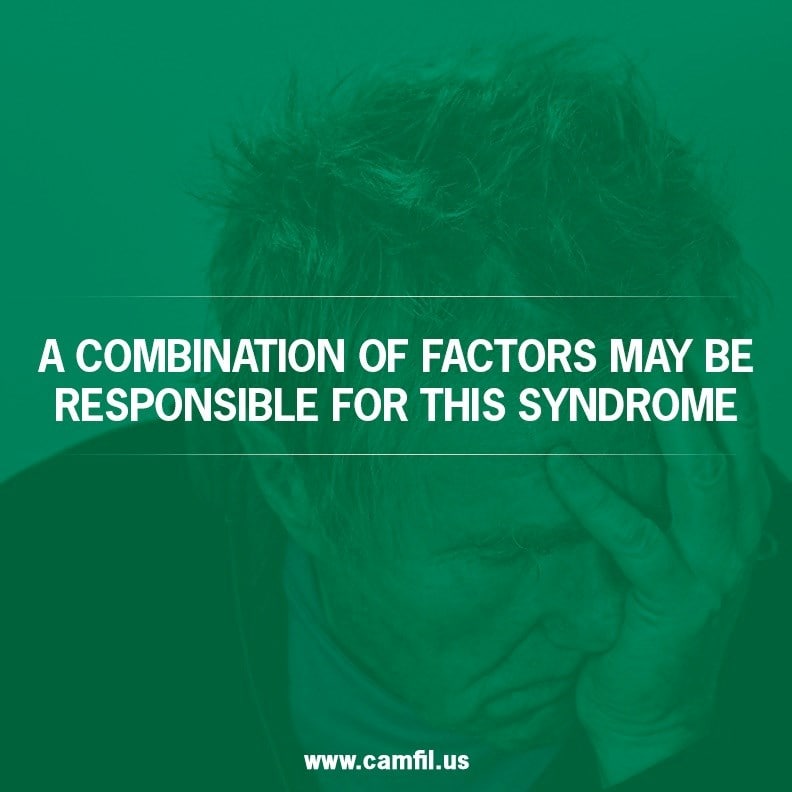Sick Building Syndrome is causing respiratory illnesses in millions of Americans, and very few people understand that where they work could make their life hell.

The U.S. Environmental Protection Agency (EPA) defines Sick Building Syndrome (SBS) as, “situations in which building occupants experience acute health and comfort effects that appear to be linked to time spent in a building, but no specific illness or cause can be identified.” (1)
SBS does not always originate from an entire building and can be localized to a particular area or even one room. The reason understanding SBS is so important is that a majority of adults spend a minimum of eight hours a day inside an office or work building, and most people in the U.S. are indoor for about 90 percent of the time that they are awake.
Although SBS does not have one specific cause, researchers have found that a combination of factors may be responsible for this syndrome. These factors include:
Lack of proper ventilation – if a building is not adequately ventilated an insufficient amount of outdoor air is flowing through the building and contaminant levels remain high because they are not diluted.
Chemical pollutants –emissions from office equipment and other products such as cleaning materials can create a noxious environment, which the World Health Organization (WHO) has identified as significant contributors to adverse health.
Biological pollutants – this includes airborne bacteria, viruses, pollen, mite feces and pet dander. Standing water in buildings or wet surfaces can also create mold and mildew that compromises indoor air quality.
“The latest studies on Sick Building Syndrome has found that mold that growth in buildings can become airborne and produce mycotoxins that are easily inhalable or swallowed,” stated Kevin Wood, Camfil USA Vice President Sales & Marketing. “These mycotoxins can burrow deep into the lungs and respiratory tracts and cause serious ailments.”
Mycotoxins are poisonous compounds that are produced by the fungus. When ingested, they can weaken the immune system and irritate the nasal passages, worsening breathing ailments such as asthma.
People who have SBS will commonly report symptoms such as:
Headache
Dizziness
Eye, nose and throat irritation
Hacking cough
Skin irritation
Loss of concentration
Fatigue
Nausea
And according to the Environmental Illness Resource, it’s important to remember that these symptoms are only identified as SBS if they disappear shortly after a person leaves the building.(2)
Understanding the causes and symptoms of SBS, can not only help workers and building managers take steps to resolve the problem, but also drive home the importance of good indoor air quality in commercial buildings.
Most people are aware of outdoor air pollution, but fewer can answer the question: What is indoor air quality level at my home or work? The reason is that it’s much easier to see, smell and understand outdoor air quality, but more difficult to assess indoor air quality.
According to the EPA, indoor air quality, “refers to the air quality within and around buildings and structures, especially as it relates to the health and comfort of building occupants.” (3)
Pollutants within a building can cause employees to miss work due to respiratory illnesses, which affects productivity and costs companies millions of dollars in lost manpower.
If enough people working in a commercial building begin to show symptoms of SBS, building supervisors can implement several SBS treatments to alleviate the problem. First, they should inspect the building to ensure that there is no mold. Second, they should inspect the HVAC system to ensure that the ducts are clean. If the ducts are not clean, building supervisors should hire a professional to clean the ducts. Third, any chemicals housed in the building should be sealed and stored in well-ventilated areas.
One final SBS treatment is to ensure that dirty, old air filters are replaced with filters that have a published efficiency consistent with a high level of removal of dust, mold, pollen and bacteria in an indoor facility. This is an essential step in controlling SBS and reducing the onset of adverse symptoms.